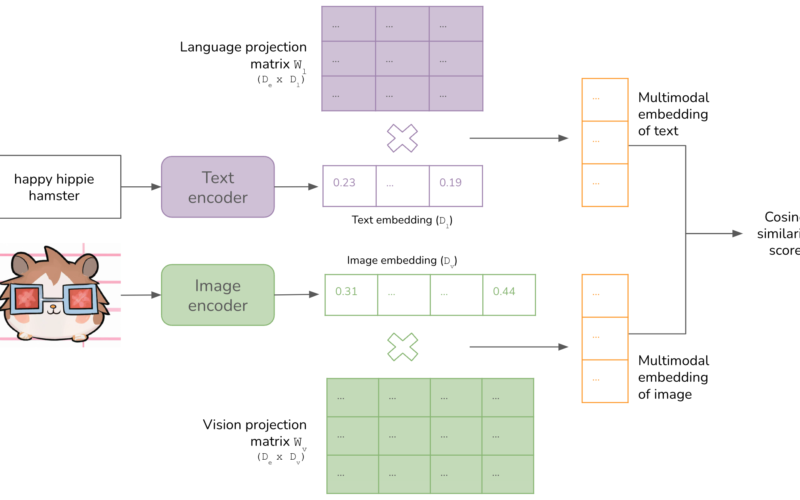02
Oct
Transformer() can get the 2D or 3D tensor of the one or more elements computed by Transformer from the 2D or 3D tensor of one or more elements as shown below: import torch from torch import nn tensor1 = torch.tensor([[8., -3., 0., 1.]]) tensor2 = torch.tensor([[5., 9., -4., 8.], [-2., 7., 3., 6.]]) tensor1.requires_grad tensor2.requires_grad # False torch.manual_seed(42) tran1 = nn.Transformer(d_model=4, nhead=2) tensor3 = tran1(src=tensor1, tgt=tensor2) tensor3 # tensor([[1.5608, 0.1450, -0.6434, -1.0624], # [0.8815, 1.0994, -1.1523, -0.8286]], # grad_fn=<NativeLayerNormBackward0>) tensor3.requires_grad # True tran1 # Transformer( # (encoder): TransformerEncoder( # (layers): ModuleList( # (0-5): 6 x TransformerEncoderLayer( # (self_attn): MultiheadAttention( #…






